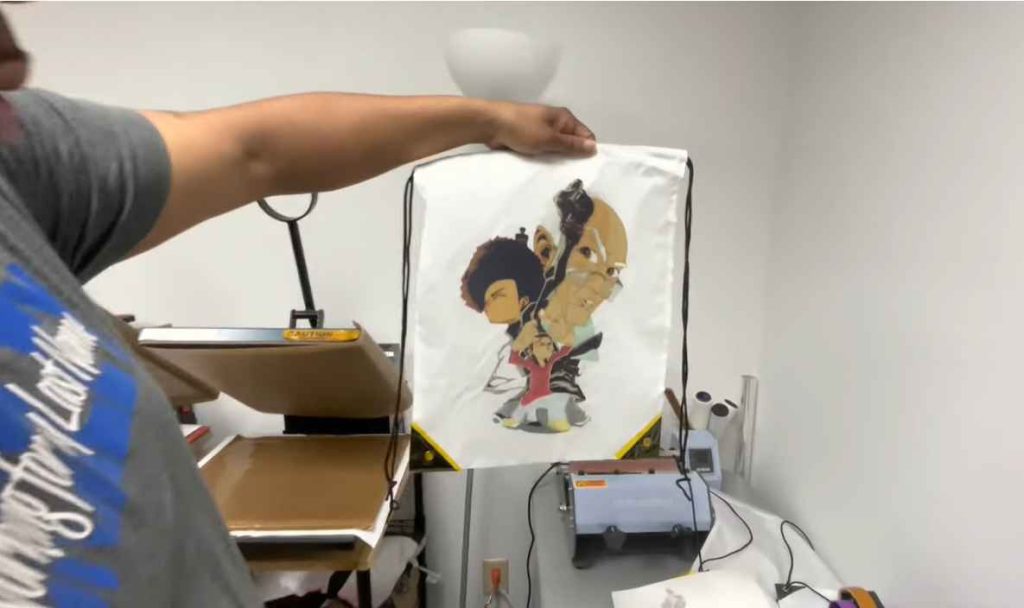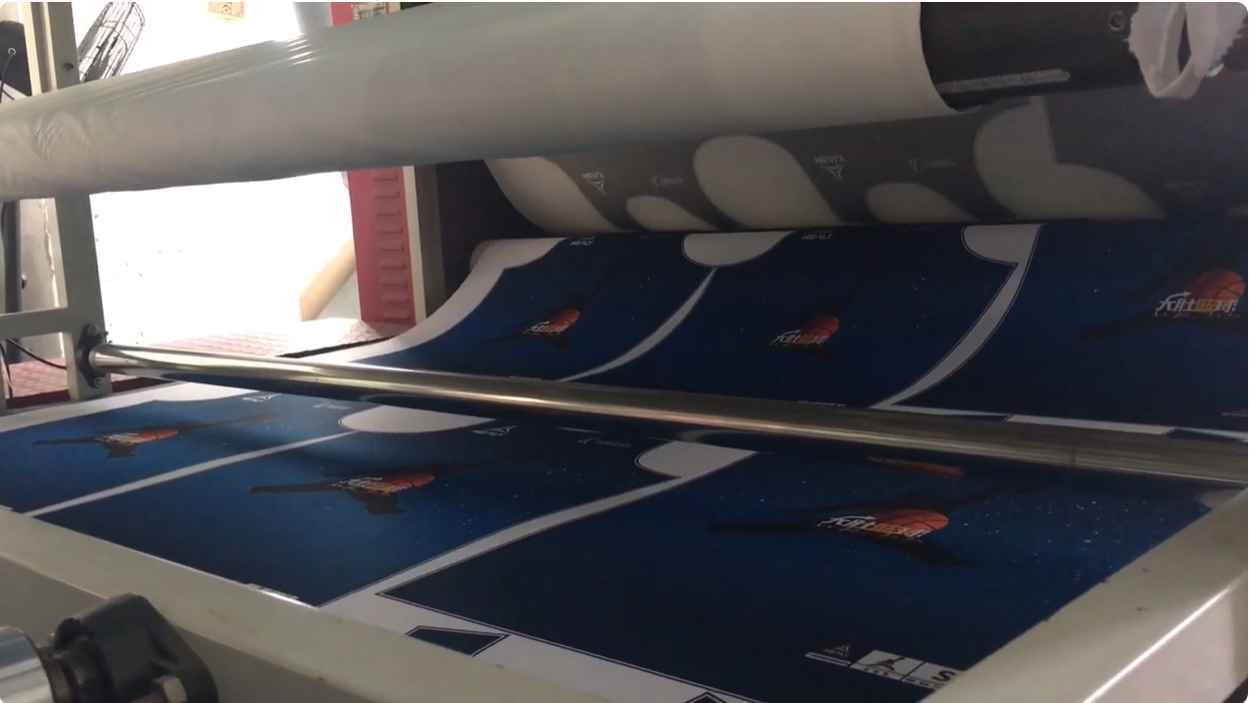Yes, you can sublimate on nylon, but the process requires careful temperature control. Sublimation success on nylon varies depending on the nylon’s heat sensitivity.
Sublimation printing on nylon merges the worlds of fabric versatility and vivid graphic presentation. Essential for custom sportswear and fashion items, sublimation allows for crisp, full-color images to adhere to textiles, including certain types of nylon.
Nylon, a synthetic polymer known for its durability and flexibility, typically requires a lower temperature for sublimation than polyester.
Given that sublimation involves turning dyes into gas that bonds with the fabric, selecting the right nylon blend that can withstand the heat without melting or warping challenges the printer’s expertise.
Mastering sublimation on nylon opens doors to producing high-quality, vibrant apparel and accessories that stand the test of time and usage. For those keen on expanding their sublimation capabilities, mastering the nuanced approach to nylon can be a valuable asset.
The Basics Of Sublimation On Synthetic Fabrics
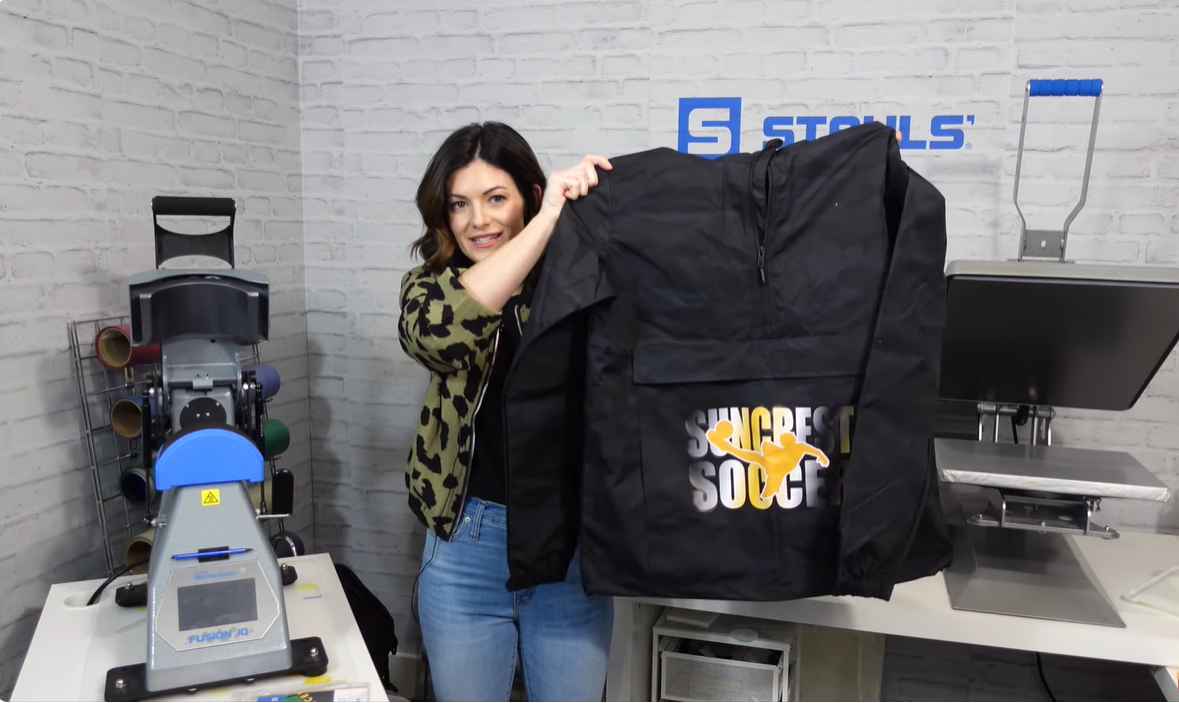
Exploring the wonders of sublimation on different materials opens a world of possibilities for vibrant designs on fabrics. Sublimation on synthetic fabrics, however, is not straightforward. The process involves a special dye that turns into a gas when heated and then bonds with the fabric.
This unique method requires special considerations when it comes to material compatibility, temperature, and the fabric’s ability to absorb the dye.
What Is Sublimation?
Sublimation is a two-step printing process. First, a design is printed onto special paper. Next, the design is transferred onto the fabric using high heat and pressure. The heat changes the ink into a gas that bonds to the fabric. This creates vivid, long-lasting colors.
Material Matters: Substrate Compatibility
Not all fabrics can handle sublimation. The key is in the polymer content. Fabrics like polyester work best. They absorb the gaseous dye well. For nylon, it’s tricky. Nylon may not always give crisp results due to its ability to withstand sublimation temperatures. Below factors are essential:
- Heat sensitivity: Nylon can melt if the temperature is too high.
- Ink reception: Nylon must be treated or coated to bond well with sublimation dyes.
- Print clarity: High-quality prints need fabrics that react well to sublimation inks.
| Fabric Type | Compatibility |
|---|---|
| Polyester | Highly Compatible |
| Nylon | Varies (treatment needed) |
Nylon’s Landscape in Sublimation calls for a nuanced approach. This synthetic fabric holds a unique position. It’s versatile, strong, and widely used. Yet, sublimation on nylon doesn’t follow the standard rules. Unlike polyester, nylon’s relationship with dye sublimation involves a bit more finesse and understanding.
Properties Of Nylon
Several characteristics of nylon make it an attractive material:
- Durability: Nylon is resistant to wear and tear, making it ideal for sportswear and outdoor gear.
- Elasticity: It boasts excellent stretchability.
- Mildew Resistance: Prevents mildew growth, which is crucial for active wear.
- Quick-Drying: Naturally expels moisture, nylon dries swiftly.
However, when it comes to sublimation, these assets may present unique challenges.
Challenges With Nylon Sublimation
Sublimation printing, which involves turning solid dye into a gas, generally requires fabrics with a high polyester content. With nylon, the process is more complex:
| Challenge | Impact on Sublimation |
|---|---|
| Heat Sensitivity | Nylon can melt or distort at the high temperatures required. |
| Dye Reception | May not absorb sublimation dyes as readily as polyester. |
| Color Vibrancy | Colors may appear less vivid compared to polyester. |
Thanks to technology, these challenges are not insurmountable. Special coatings and lower-temperature dyes allow for sublimation on nylon. However, achieving vibrant and lasting colors requires precision.
Prepping Nylon For Sublimation
Sublimation is a popular method for printing designs onto many materials, but can it work on nylon? Absolutely! For successful sublimation on this synthetic fabric, prepping is key. Let’s explore the essential steps to prepare your nylon for a vibrant, long-lasting design.
Pre-treatment Solutions
Prepping nylon begins with the right pre-treatment solutions. These solutions help the dye bond with the nylon fibers. Without them, colors might appear faded. Follow these steps:
- Clean your nylon item to remove oils or residues.
- Apply an even coat of pre-treatment spray specific for nylon.
- Allow the fabric to dry completely for optimal absorption.
Heat Press Essentials
Next, a heat press machine applies the design. To prevent damage to the nylon, be mindful of these essentials:
| Equipment | Function |
|---|---|
| Heat Press Temp | Set between 385°F and 400°F |
| Pressure | Medium to High |
| Time | 30 to 60 seconds |
| Protective Sheet | Prevents melting and sticking |
Executing The Sublimation Process On Nylon
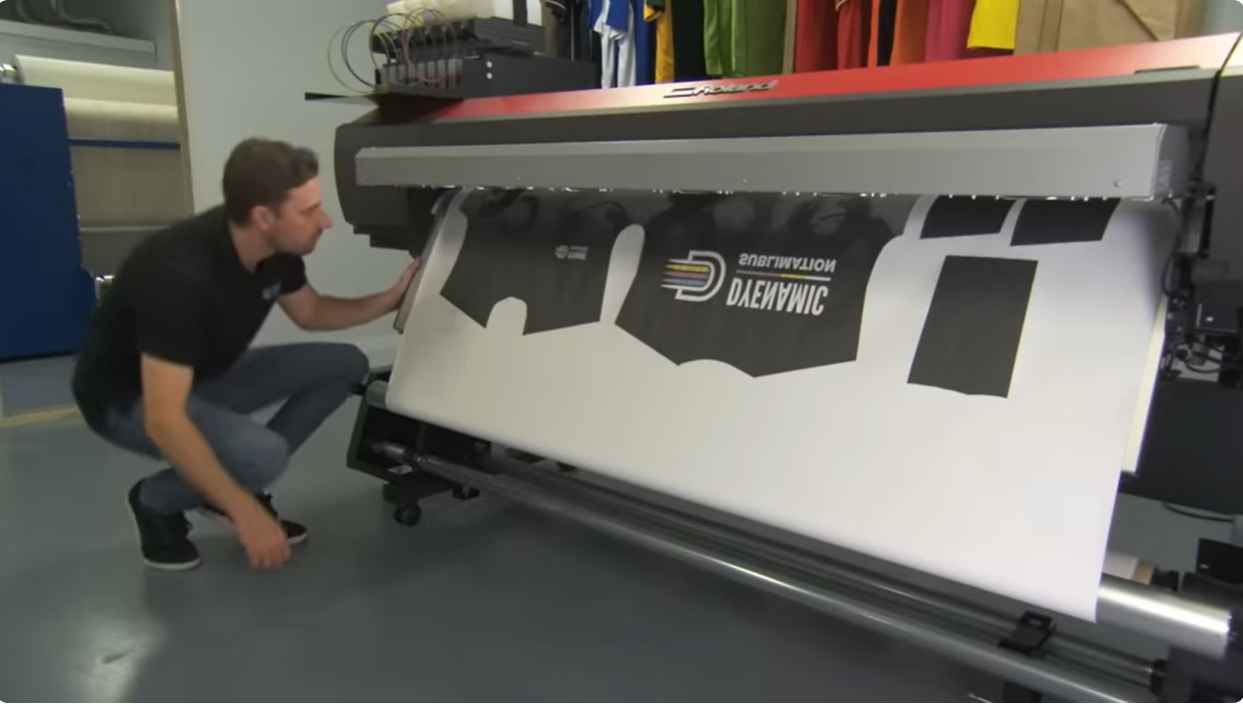
Sublimation on nylon is intriguing but tricky. Unlike polyester, nylon requires special care during sublimation. Mastering the correct settings is important for a successful transfer. Here’s how to get it just right.
Temperature And Pressure Settings
Suitable temperature and pressure are vital for sublimating nylon. Too high, and you risk melting the fabric. Too low, and the dye won’t transfer. Follow these guidelines:
- Temperature: Set between 385°F and 400°F (196°C to 204°C).
- Pressure: Medium to high pressure is recommended.
- Test: Always conduct a test print on a scrap piece.
Deviating from these settings can lead to poor results. Keep them as your golden rule for nylon sublimation.
Time Management For Optimal Transfer
Time is another factor that directly affects the quality of your sublimation on nylon. Here’s how to manage it:
- Duration: Press for about 30 to 50 seconds.
- Watch: Use a timer to prevent over or under-exposure.
- Patience: Allow the transfer to cool before peeling.
Remember, nylon is heat-sensitive; exact timing ensures vibrant colors without damage. Keep an eye on the clock for the best results.
Key Factors For Successful Nylon Sublimation
Sublimating on nylon might sound tricky, but it’s completely doable with the right approach. Like a puzzle, certain pieces must fit together for a vibrant, lasting image. Understand the key factors for successful nylon sublimation and take your prints to the next level.
Ink And Paper Quality
Quality matters when it comes to ink and paper. Not just any type will do for nylon sublimation. Choose options designed for high-heat processes.
- Sublimation ink must be able to withstand high temperatures without degrading. Cheap ink can ruin the process.
- Transfer paper plays a huge role. Select one that releases ink effectively and consistently for sharp images.
Controlling Dye Migration
Dye migration is the enemy of crisp designs. It can blur your art and fade colors. Here’s how to stop it in its tracks:
| Step | Action |
|---|---|
| 1 | Use low-sublimation dyes that bind to the fabric without bleeding. |
| 2 | Opt for a polyester coating on nylon. It helps manage dye movement. |
| 3 | Control heat and time. Too much can cause dyes to spread unexpectedly. |
By focusing on these aspects, nylon sublimation can yield beautiful, vivid results.
Case Studies: Nylon Sublimation In Action
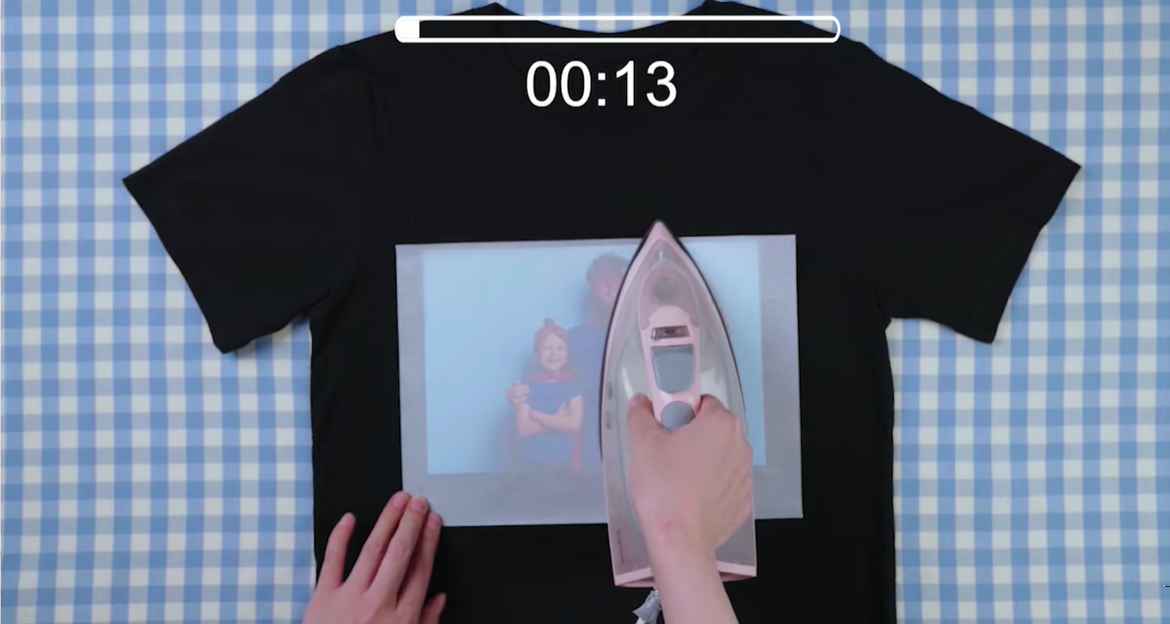
Discovering the versatility of nylon sublimation takes us to various industries. From high-performance fabrics to promotional items, nylon’s adaptability shines. Let’s find real-world applications where sublimation on nylon isn’t just possible—it excels.
Sportswear And Performance Apparel
Sublimation on nylon transforms sportswear into a canvas for vibrant designs. Nylon’s resistance to moisture makes it ideal for athletes. Its ability to hold sharp images enhances team identity. Here are some examples:
- Swimwear: Designs withstand chlorine and saltwater.
- Cycling jerseys: Graphics remain fade-resistant even under sun exposure.
Customized leggings and track jackets often feature sublimated nylon. Teams and enthusiasts prefer these for their durability and comfort.
Branded Merchandise
Promotional products made from nylon are a favorite for businesses. Their lasting impression makes for impactful marketing. Successful cases include:
| Product | Usage |
|---|---|
| Flags | Durable colors for corporate and sports events |
| Bags | Attractive giveaways that see daily use |
Backpacks and conference lanyards are added to the list. Nylon ensures the brand’s message remains visible with numerous uses.
Preserving Your Work: Post-sublimation Care
Mastering the art of sublimation on nylon is just the beginning. Keeping your creations vibrant and durable is next. Proper post-sublimation care ensures your designs withstand the test of time. Find how to maintain and preserve sublimated nylon items for lasting beauty and function.
Cleaning And Maintenance
Caring for sublimated nylon requires gentle attention. Follow these steps to clean your items:
- Use cold water: Hot water can damage the print.
- Avoid harsh detergents: Opt for mild cleaners.
- Hand wash gently: It keeps the colors intact.
- Air dry: Heat from dryers can fade the design.
Stick to these tips to preserve the quality of your sublimated nylon goods.
Longevity And Wear Resistance
Sublimation prints on nylon are known for lasting a long time. Yet, certain practices ensure they last even longer:
| Practice | Benefit |
|---|---|
| Limit Sun Exposure | Prevents color fading |
| Avoid Abrasion | Reduces print wear |
| Proper Storage | Keeps shapes and prevents creases |
By practicing these steps, your sublimated nylon will showcase vibrant, enduring designs.
Frequently Asked Questions Of Can You Sublimate On Nylon? (explained)
What Materials Can You Not Sublimate On?
Sublimation does not work on 100% cotton, non-polyester fabrics, dark-colored materials, and non-coated metals. Sublimation requires polymer-coated surfaces or polyester-based materials to ensure the ink adheres properly.
Can Nylon Fabric Be Printed?
Yes, nylon fabric can be printed using specific techniques such as screen printing, heat transfer, and digital printing methods. These ensure vibrant and durable designs.
What Fabrics Can You Sublimate On?
You can sublimate on polyester and poly-coated fabrics. For best results, choose high-polyester content materials over natural fibers like cotton.
How Do You Sublimate Nylon Webbing?
To sublimate nylon webbing, select sublimation-ready nylon, use a heat press at 385-400°F for 30-60 seconds, and employ a polyester-coated webbing to allow the sublimation ink to adhere properly. Ensure the webbing is flat and pre-test for color fastness.
Conclusion
Wrapping up, sublimating on nylon is indeed possible with the right approach. Ensuring proper temperature settings and using a suitable ink and transfer paper ensures vibrant designs. A successful nylon sublimation is all about precision and preparation. Take the leap and watch your creative ideas take on a life of their own on this versatile fabric.

